Guide To Get Rid Of Australian-AES Ransomware
Errors generated by Australian-AES Ransomware 0xf081E CBS_E_NOT_APPLICABLE the package is not applicable, 0x80244010 WU_E_PT_EXCEEDED_MAX_SERVER_TRIPS The number of round trips to the server exceeded the maximum limit., 0x80248017 WU_E_DS_TABLESESSIONMISMATCH A table was not closed because it is not associated with the session., 0x8024800F WU_E_DS_STOREFILELOCKED The data store could not be initialized because it was locked by another process., 0x80244012 WU_E_PT_DOUBLE_INITIALIZATION Initialization failed because the object was already initialized., 0xf0819CBS_E_DUPLICATE_UPDATENAME update name is duplicated in package., 0x80243003 WU_E_INSTALLATION_RESULTS_NOT_FOUND The results of download and installation are not available; the operation may have failed to start., 0x80242016 WU_E_UH_POSTREBOOTUNEXPECTEDSTATE The state of the update after its post-reboot operation has completed is unexpected., 0x0000000A, 0x80244008 WU_E_PT_SOAPCLIENT_PARSEFAULT Same as SOAPCLIENT_PARSEFAULT_ERROR - SOAP client failed to parse a SOAP fault., 0x80244023 WU_E_PT_HTTP_STATUS_GATEWAY_TIMEOUT Same as HTTP status 503 - the request was timed out waiting for a gateway., 0x000000BB, Error 0xC1900208 - 0x4000C, 0x0000007D, 0x000000F5, 0xf0802 CBS_S_ALREADY_EXISTS source already exists, now copy not addedDetail About Australian-AES Ransomware With Clear Away Steps
Basic Knowledge Of Australian-AES Ransomware
Australian-AES Ransomware is suspected as extremely hazardous System virus which spread in the System secretly and performs malicious functionality to make the System compromised. It poses harmful impacts on the System behavior and tries to take full control over the System by modifying the default settings. It is designed by cyber criminals which helps them by transferring your confidential and financial information. They can give you big loss and make you suffer from identity theft situation. It is responsible for weaken the System performance and modifies registry entries with malicious payloads. It also interrupts your surfing session by displaying unwanted advertisements and also blocks your visit to your favorite sites. You will also experience some change of default homepage browser and desktop background simultaneously. So if you notice its notorious consequences then Clear Away it immediately without delay any more.
Guide: 1 Uninstall Australian-AES Ransomware From Registry Editor
Guide: 2 Uninstall Australian-AES Ransomware From Control Panel
Guide: 3 Start Your Computer In Safe Mode With Networking
Guide: 4 Uninstall Australian-AES Ransomware Related Process From Task Manager
Guide: 5 Uninstall Australian-AES Ransomware From Browsers
Guide: 1 Uninstall Australian-AES Ransomware From Registry Editor
- Step 1: Open Run Window By Pressing the key Win+R.

- Step 2: Type regedit and enter OK.

- Step 3: Find & Uninstall all Registry files related to Australian-AES Ransomware.
- Step 1: Go Start menu and select Control panel.
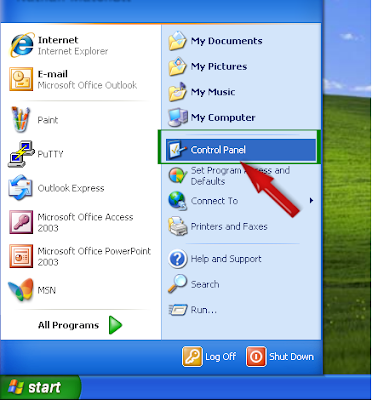
- Step 2: Select Add or Clear Away program option.

- Step 3: Search & Select unwanted program whom you wanted to Clear Away from System.
- Step 4: Click on Uninstall Button.

- Step 1: Click on Windows Key from your keyboard.
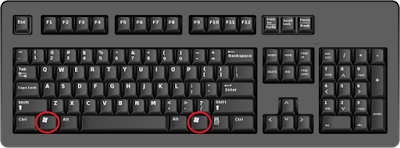
- Step 2: Select Control panel Option From start menu.

- Step 3: Select Clear Away a Program option from Program menu.

- Step 4: Select Unwanted programs from your System whom you want to Clear Away.

- Step 1: Press Win+R button to Open Run Box Command Window.

- Step 2: Type Control panel in Run Window and Press Enter.

- Step 3: Click on Uninstall a program.

- Step 4: Select Australian-AES Ransomware and other malicious program whom you want to Clear Away and then Click Uninstall.

- Step 1: Press Start button and Choose Setting option.

- Step 2: Select System option.

- Step 3: Click on Apps and Features option.

- Step 4: Select Australian-AES Ransomware or suspicious programs whom you want to Clear Away and Click Uninstall.

Clear Away Australian-AES Ransomware From Windows XP/Vista
- Step 1: Restart your System.
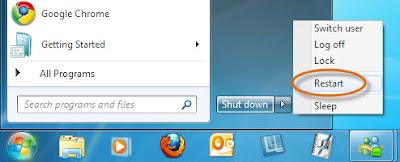
- Step 2: Press F8 Key to open Advance Boot Option Window.
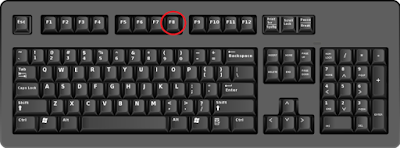
- Step 3: Opened Advance Boot Option.
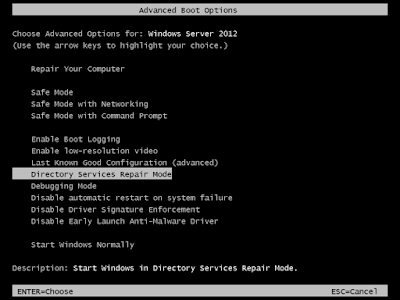
- Step 4: Select “Safe Mode with Networking” option then hit Enter button from keyword.

- Step 1: Click on Start menu and Press Shift key then Click on Restart button.
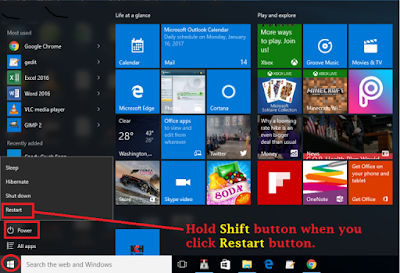
- Step 2: Select on Troubleshoot option.

- Step 3: Click on Advanced Options.

- Step 4: Select Startup Settings option.

- Step 5: Select Enable Safe Mode option and then Click Restart button.

- Step 6: Press F5 button to Enable the Safe Mode With Networking option.

Guide: 4 Clear Away Australian-AES Ransomware Related Files From Task Manager
- Step 1: Press ALT+Ctrl_Del Button From the key board simultaneously.
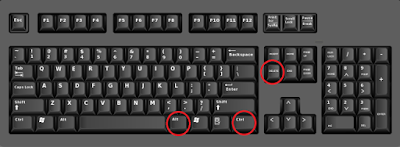
- Step 2: Select Windows Task Manager Option from Windows screen.

- Step 3: Choose the malicious process and click on End Task Button.

Uninstall Australian-AES Ransomware From Mozilla Firefox Browser
- Step 1: Launch Mozilla Firefox and click on Menu icon (≡).
- Step 2: Now Click on Add-ons from the open Window.
- Step 3: In the Add-ons Manager tab and choose the Extension or Appearance Panel.
- Step 3: Select Australian-AES Ransomware and other suspicious extensions and click on Uninstall button.
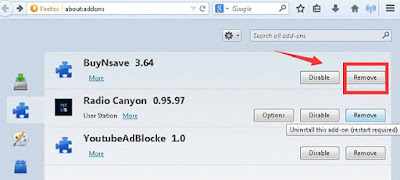
Uninstall Australian-AES Ransomware From Google Chrome Browser
- Step 1: Launch Chrome browser and click on Settings icon (≡).
- Step 2: Click on Tools option and select Extensions.
- Step 3: From the opened Extension Window you need to locate Australian-AES Ransomware if found then click on the garbage bin icon appear on right of it.

Uninstall Australian-AES Ransomware From Internet Explorer Browser
- Step 1: Launch Internet Explorer and Press Alt+T button or Click on (≡) from right top corner.
- Step 2: Select Tools option and click Manage Add-ons option later choose Toolbars and Extension tab.
- Step 3: Select Australian-AES Ransomware and other malicious add-ons and select Disable button.
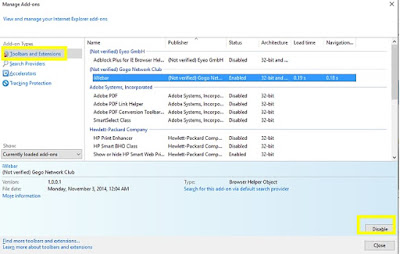
Uninstall Australian-AES Ransomware From Microsoft Edge Browser
- Step 1: Launch Microsoft Edge web browser and Click on More(....) icon.
- Step 2: Choose Settings and select a specific page or pages from under the Open option.

- Step 3: Select Custom option and enter the URL of the page that you wish set as your browser homepage.
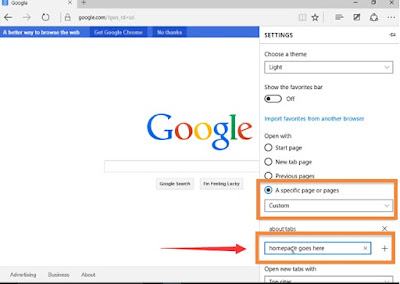

No comments:
Post a Comment